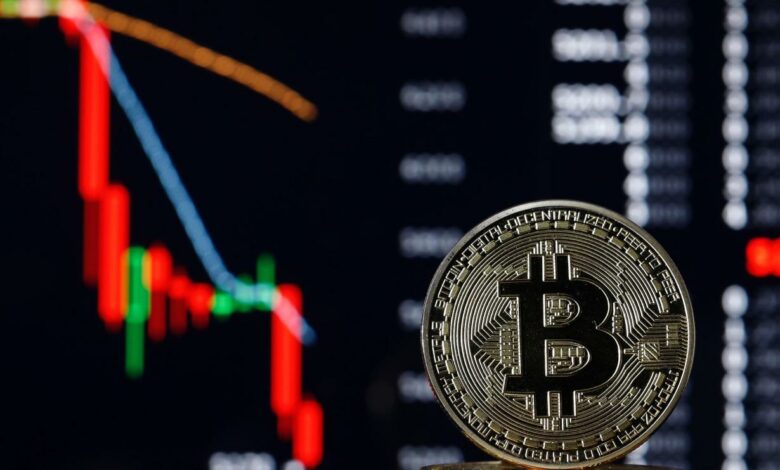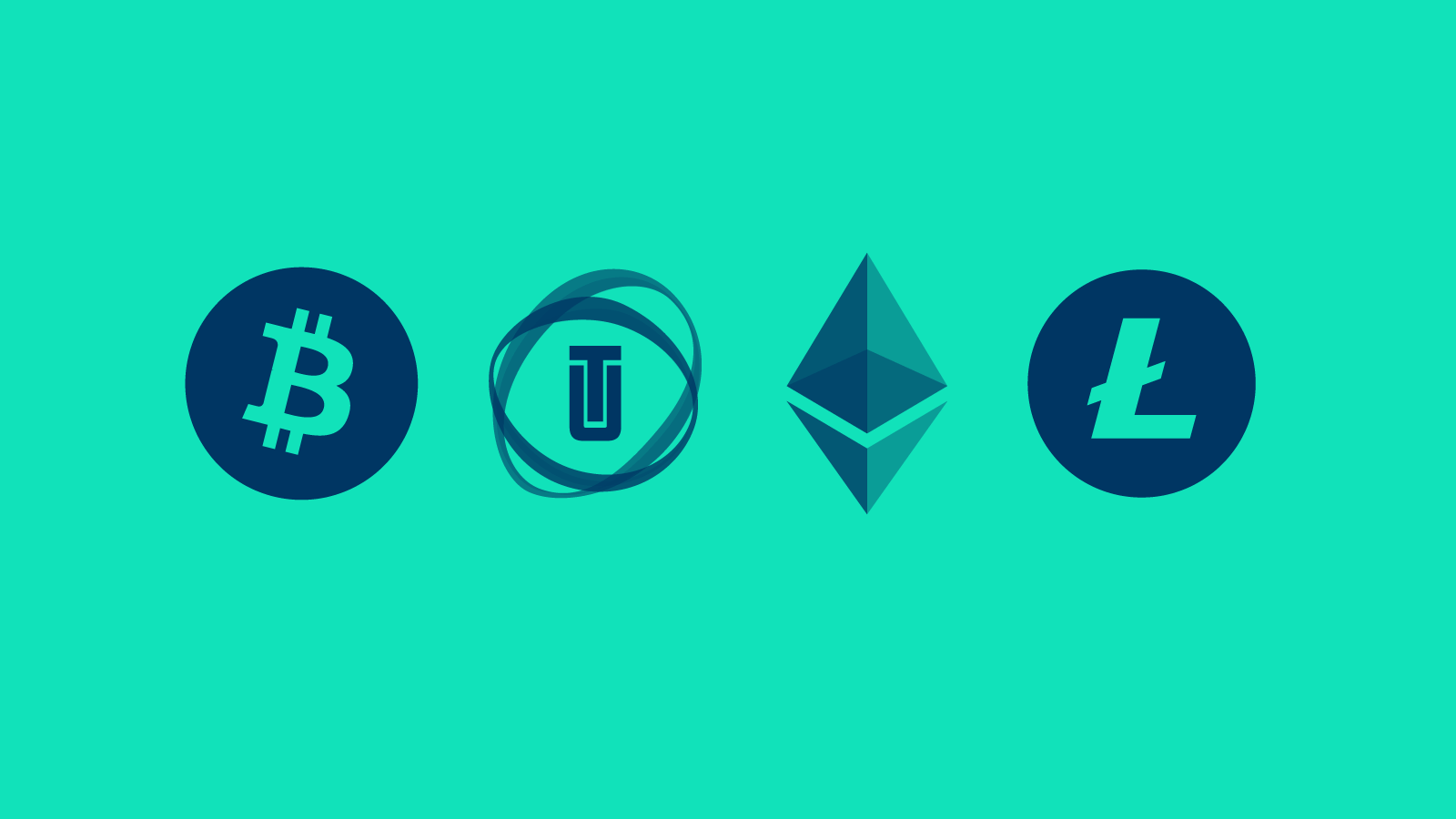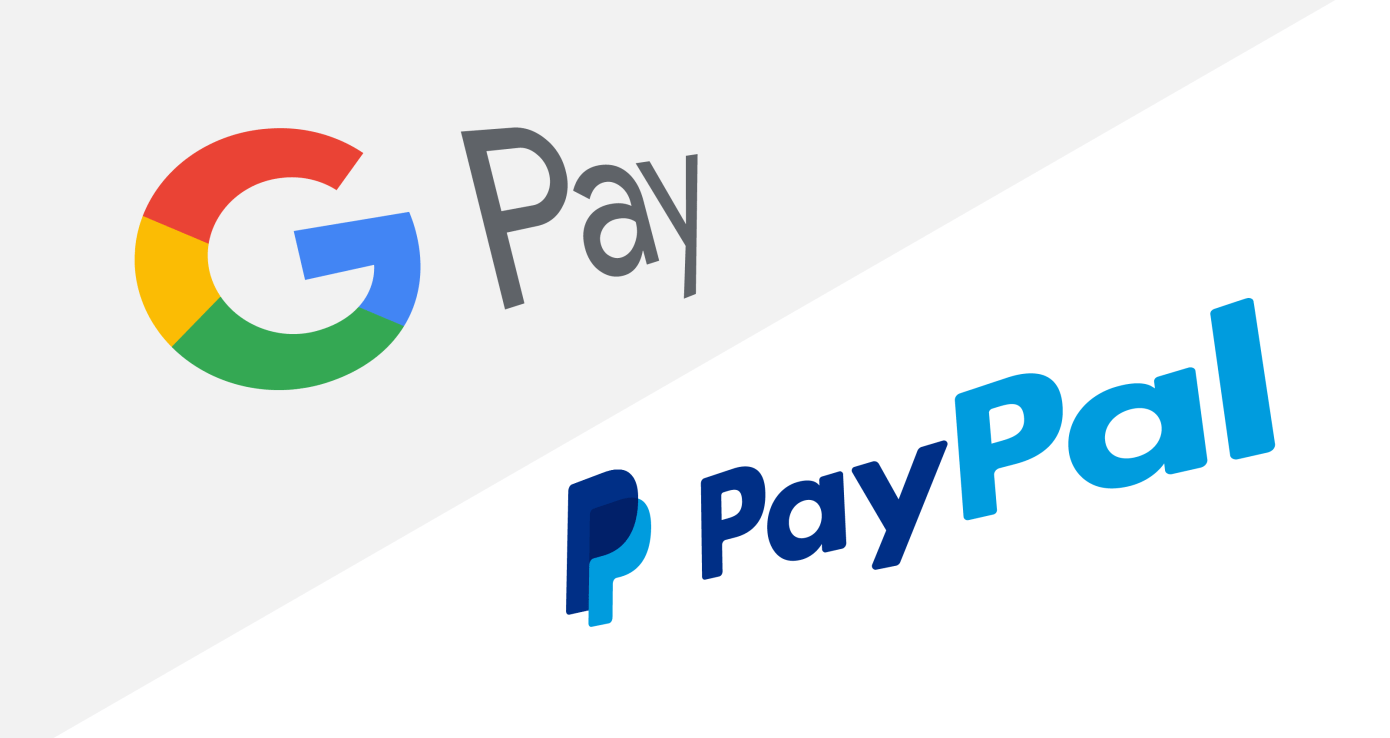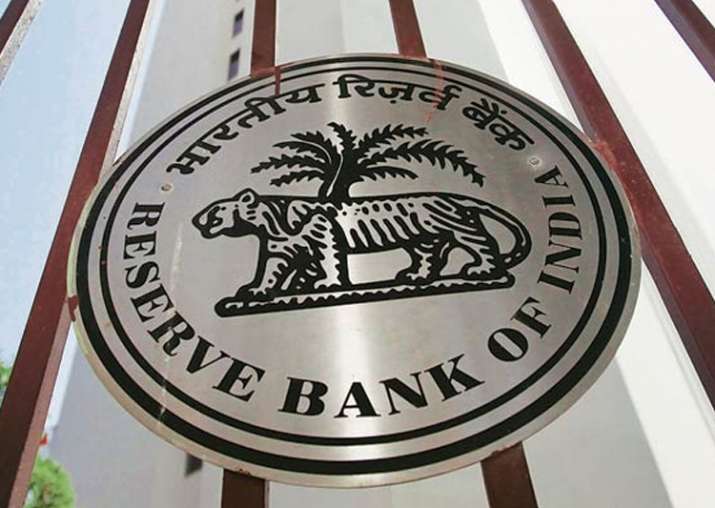Coin toss: India should embrace cryptocurrency

In 2010, Laszlo Hanycz bought two pizzas with 10,000 bitcoins (BTC) – for $25. At the time, the price of a BTC costing these pizzas was $ 0.0025. By 2019, the value of BTC has increased to $ 15,000. The two pizzas that started selling less than a decade ago could surpass $ 3.1 trillion by 2030. In just ten years, all the world’s cryptocurrencies are worth $ 1 trillion (more than zero in 2010) or about one-third of India’s GDP! Compared to gold, which is about $13-14 trillion worldwide and the U.S. stock market, which is about 45% of the global market value of about $ 100 trillion, BTC is still small; Yet, it made such noises and cries.

India will certainly not ban cryptocurrency; Instead, it should embrace it. It would certainly consider it a digital asset and a portable store of assets, not as a liability or risk, but also as a competing currency which it certainly is not. Banning crypto is quite impossible. That’s equivalent to saying, let’s ban the internet. Even if India wants to do so, it cannot do so for various technical and political reasons. Indeed, one could go one step further and argue that crypto does not fully understand the potential and huge opportunity that the government can realize and would prefer to take the safest path of banning it, citing national security. This is to say that terrorists can also use digital map services based on geopotential data, so let’s ban the technology altogether. Crypto can actually be used for money laundering, like Google Maps for bombing – so control it, don’t ban it.
India must seize the opportunity and create a digital rupee and return 600-700 tons of gold to the Reserve Bank of India (RBI) in a lazy state. Leading technologists like the World Bank, IMF, etc., like Elon Musk, supported crypto at one time or another. The ban will respond to a knee-jerk reaction and drive sellers (there are about 7-8 million crypto owners in India, to find gray or offshore markets for transactions over $ 1 billion) Also, remember that there is no such thing as a “private” crypto, Because open to all, based on open-source blockchain technology.
Indeed, the world’s first gold-backed digital currency could further strengthen a self-reliant India-based foundation and Prime Minister Narendra Modi should consider it his legacy to the world. It reminds me of the old song Money for Nothing since BTC has almost nothing to support it. India must act now or permanently lose the opportunity to create important assets for its citizens. Crypto may be one of the few things in the world that unites a billion people, and if India can take the lead globally, if it creates smart controls, like many, the Defense of India Act, 1857 is not our current main law. Being!
Let’s start with the analogy, not exactly. If global technology giants decide to ‘ban’ India at some point by blocking all news in Australia like Facebook, India will not recover much without the argument that heavy corporations are losing a valuable market. Jack Dorsey, democratically elected by a few shareholders, has shut down President Donald Trump, democratically elected by millions! Now imagine a scenario if a reserve currency decides to blockade India – I know it is far-reaching, but then last year there was Covid-19 then crypto could be the savior. The BTC cannot be shut down by any state or government and remains a strong, last-resort ballwork in war. Let’s not forget that Swift, Google Pay, PayPal, Alipay, SPFS, CIPS, etc., are all at risk and regulated by the United States, Russia and China. Can India then afford to stay away from participating in the global BTC race?

The US vs China competition will probably not end for the next 20-30 years and everyone will try to dominate the zero-even game. These are inherently unpredictable and often binary dramas, often to the advantage of early players but to the disadvantage of countries like India. And the conflict will repeat itself in multiple theaters, such as trade and currency wars. India must differentiate itself as the creator and leader of a neutral, international digital currency – the crypto open source – exchange that has become an acceptable global medium.
This may be a few years away, but the supply of BTCs in the realm of imagination is well limited and limited, and its value depends on estimating its demand, although no one can carry a new digital currency.

If the RBI chooses the dreamer over the inner and knee jerks, it will treat the BTC as a reserve and it is involved in buying around $ 5 billion. The total budget size of India is around $ 500 billion and by comparison it is a small drop in the ocean. It could even surpass India’s gold reserves by appreciating just 10x in its price (BTC quality CAGR was close to 200%!) And this in itself could save India billions of dollars. Even before the law is proposed by Parliament to regulate cryptocurrency, the RBI, through a single step, can protect the future generation of India by depositing the final strategic reserves.
BTC Gold in the same sense that it cannot be devalued by printing more money than any central bank (or it can not be used as a multi-day exchange) has a total hard coding supply of 21 million in total. Less. Moreover, 90% of the world’s BTC has already been excavated.
Moreover, India is one of the largest players in the global remittance market, which currently stands at $ 600 billion (of which $ 80 billion is remittances to India) and most of its value has been creamed by Western Union and others for very little value addition. In addition to peer-to-peer digital transactions, BTC will completely disrupt this market.
We have a complete crypto-economy to embrace with billions of dollars of investment and jobs, much like the Internet that India joined a decade or more ago to create global entrepreneurship. Why can’t the proposed International Financial Center (IFC) at GIFT in Gujarat benefit from a progressive, pragmatic crypto policy that can attract both earnings and jobs? Even if the government is wary of opening up the whole country to crypto, why not have an enclave with special arrangements for a micro-crypto investment cluster inside the IFC, and see how the test works?




